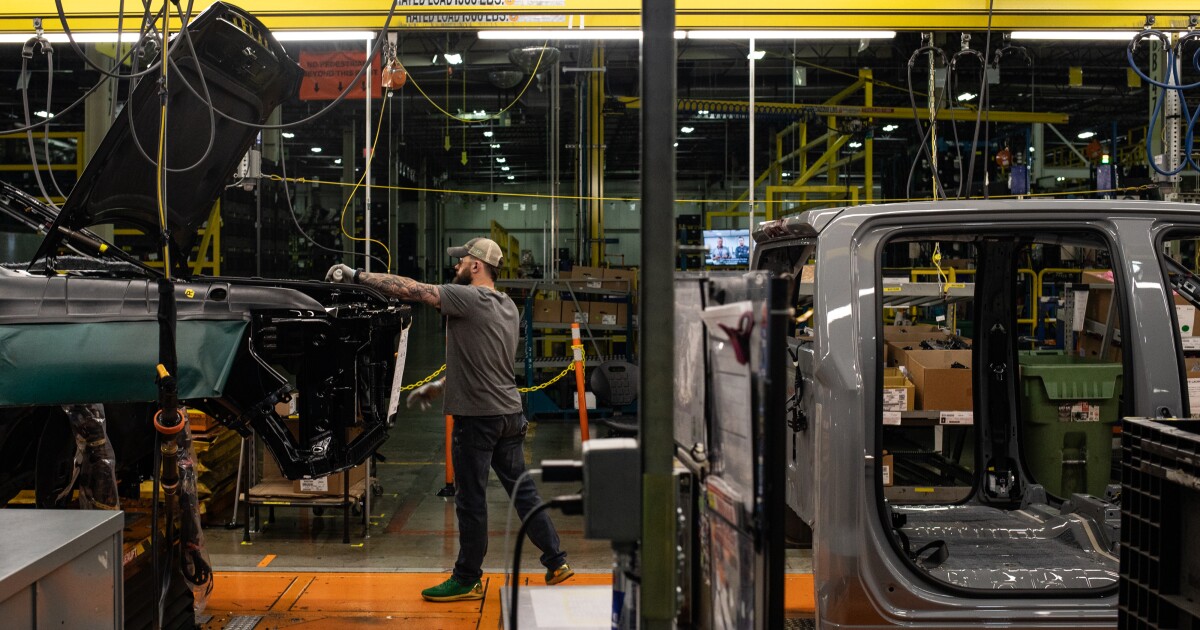
U.S. economic growth accelerated by more than forecast in the second quarter, illustrating demand is holding up under the weight of
Gross domestic product increased at a 2.8% annualized rate in the April-June period after rising 1.4% in the previous quarter, the government's initial estimate showed. The economy's main growth engine — personal spending — advanced 2.3%, also more than projected.
A closely watched measure of underlying inflation rose 2.9%, easing from the first quarter but still above estimates, the Bureau of Economic Analysis report showed Thursday.
Even though the pace of growth picked up from the first quarter, the figures still represent a moderation from last year. Consumer spending and broader economic activity have cooled under the weight of high interest rates, which is simultaneously helping to tame inflation gradually.
That bodes well for the Federal Reserve, which is trying to pull off a soft landing for the economy and
"This is a perfect report for the Fed, growth during the first half of the year is not too hot, inflation continues to cool and the elusive soft landing scenario looks within reach," Olu Sonola, Fitch Ratings head of economic research, said in a note.
Treasury yields rose and the S&P 500 traded lower. Policymakers aren't expected to cut rates when they meet next week.
Consumer spending was driven mostly by a rebound in durable goods like cars and furnishings as well as a more moderate advance in services outlays compared to the first quarter, according to the GDP report.
Government spending contributed more to GDP compared to the first three months of the year, boosted by defense spending. Residential investment subtracted from growth for the first time in a year as high mortgage rates kept a lid on sales activity and new construction.
Business investment grew at the fastest pace in almost a year, led by the strongest advance in equipment since the start of 2022. A separate report Thursday showed orders placed with US factories for business equipment, excluding aircraft and defense, increased in June by the most since early last year — rebounding from a sizable decline in the prior month.
Inventories added to GDP for the first time since the third quarter of last year, boosted by the biggest jump in the value of retail autos on record after a
Stripping out inventories, government spending and trade, inflation-adjusted final sales to private domestic purchasers — a key gauge of underlying demand — rose 2.6% for a second straight quarter.
Going forward, forecasters expect the economy to decelerate more notably in the second half of the year as the labor market loses steam, slowing income growth further and taking a bigger hit out of consumer spending. Recent earnings reports from
Separately, weekly initial applications for unemployment benefits decreased by 10,000 to 235,000 in the latest period, and continuing claims also declined. The claims data are prone to big weekly swings this time of year, which include holidays as well as school closures for summer break and annual auto retooling period for new model changeovers.



